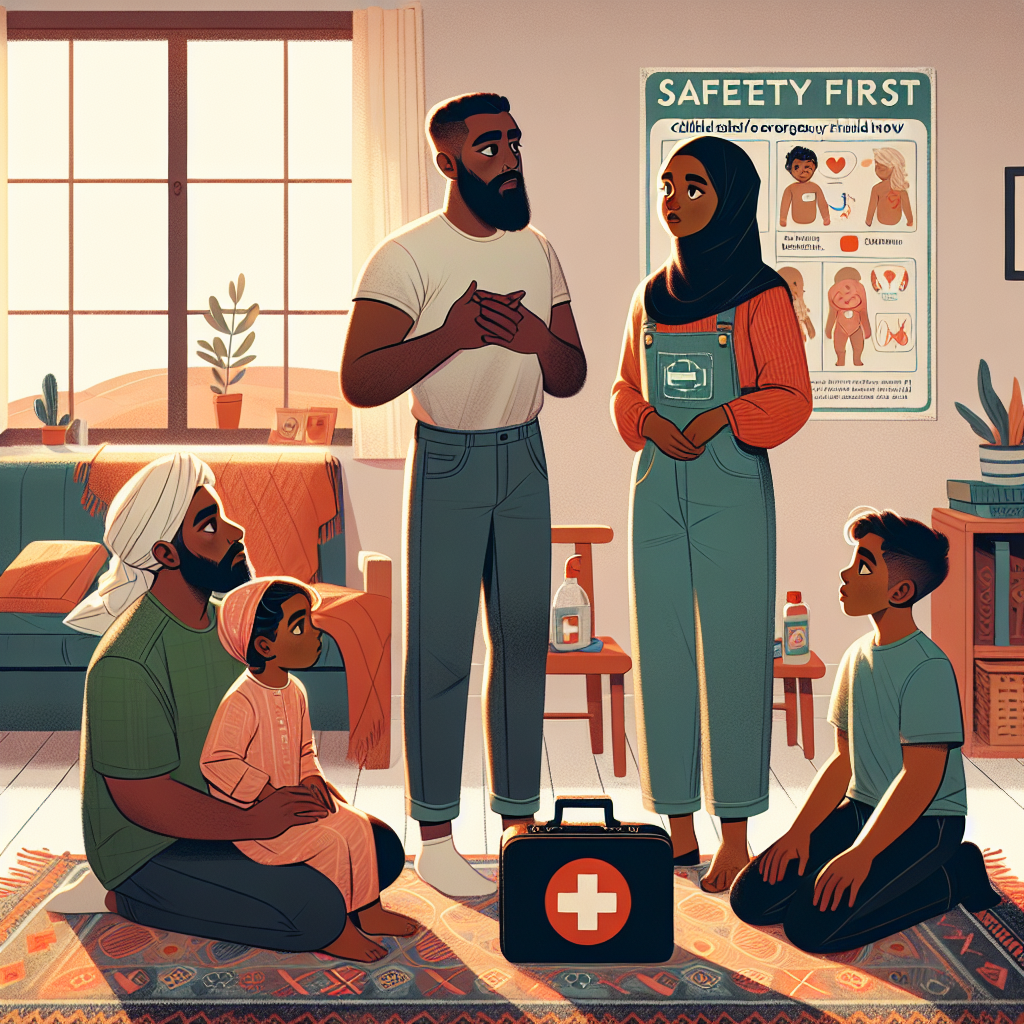When it comes to leaving your child in the care of others, whether it be at a daycare center, with a babysitter, or with family and friends, it’s important to know what to do in case of an emergency. Being prepared and having a plan in place can make all the difference in ensuring your child’s safety. Here are some childcare emergency procedures that every parent should know:
Emergency Contact Information
Make sure that whoever is caring for your child has all necessary contact information in case of an emergency. This includes your phone number, your partner’s phone number, your pediatrician’s phone number, and any other emergency contacts. It’s also a good idea to have a list of any medications your child is taking and any allergies they may have handy.
Emergency Evacuation Plan
Know what the evacuation procedures are at your child’s daycare center or with your babysitter. Make sure you know where the exits are located and where the designated meeting spot is in case of an evacuation. Practice the evacuation plan with your child so they know what to do in case of an emergency.
CPR and First Aid Training
It’s a good idea for parents to have CPR and First Aid training so they can provide immediate assistance in case of an emergency. Make sure that whoever is caring for your child also has this training, whether it be a babysitter, family member, or daycare provider.
Fire Safety
Make sure that the caretaker knows what to do in case of a fire. This includes knowing where the fire extinguishers are located, practicing fire drills, and having a plan for getting everyone out safely. Teach your child about fire safety as well, such as not playing with matches or lighters.
Safe Sleep Practices
It’s important to ensure that your child is put to sleep in a safe environment. Make sure the caretaker knows the ABCs of safe sleep: Alone, on their Back, and in a Crib. Keep blankets, pillows, and stuffed animals out of the crib to reduce the risk of suffocation.
Childproofing
Make sure that the environment where your child will be cared for is childproofed to prevent accidents. This includes securing furniture to the wall, keeping small objects out of reach, and covering electrical outlets.
By following these childcare emergency procedures, you can ensure that your child is safe and well cared for when you’re not around. Remember, safety first!



